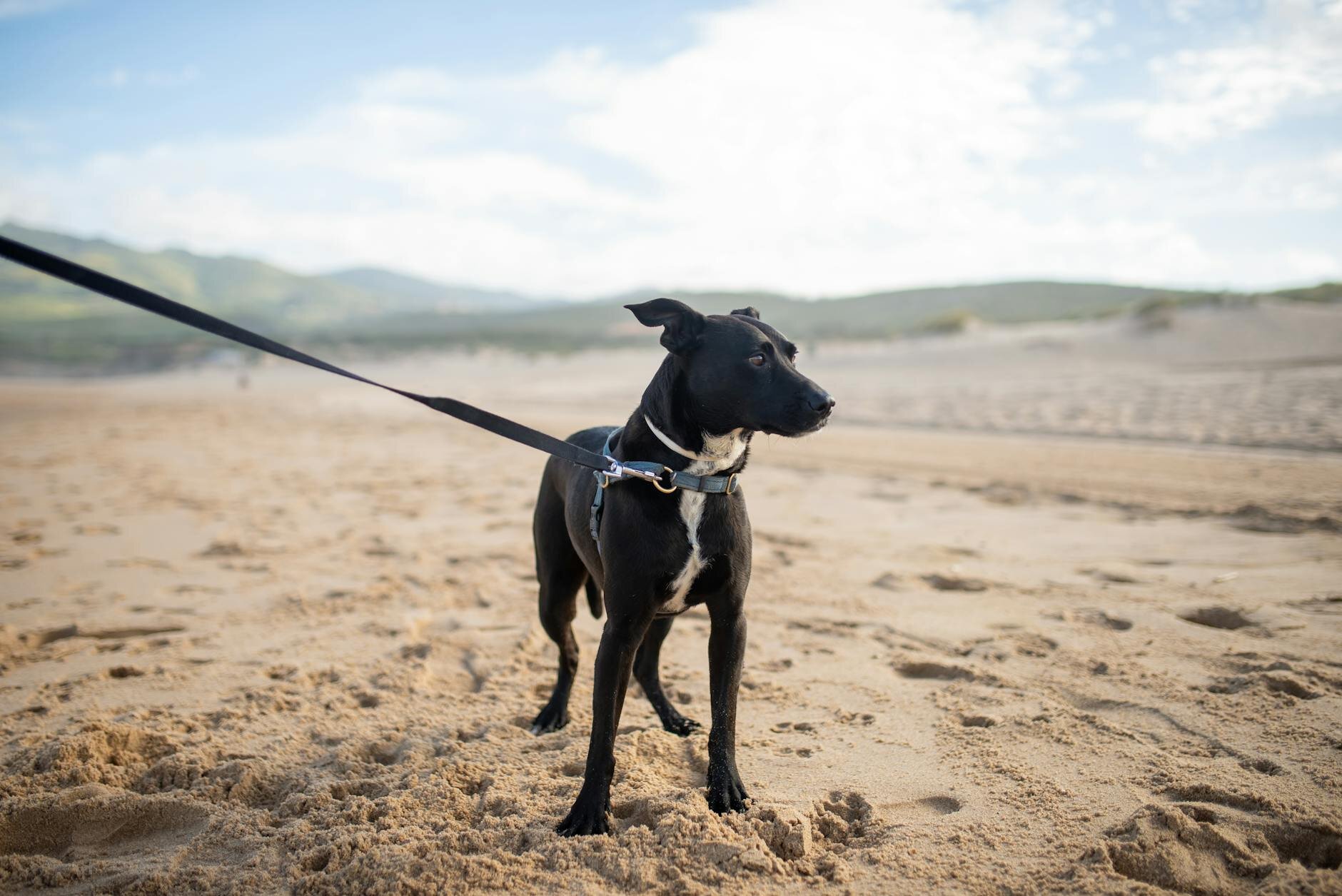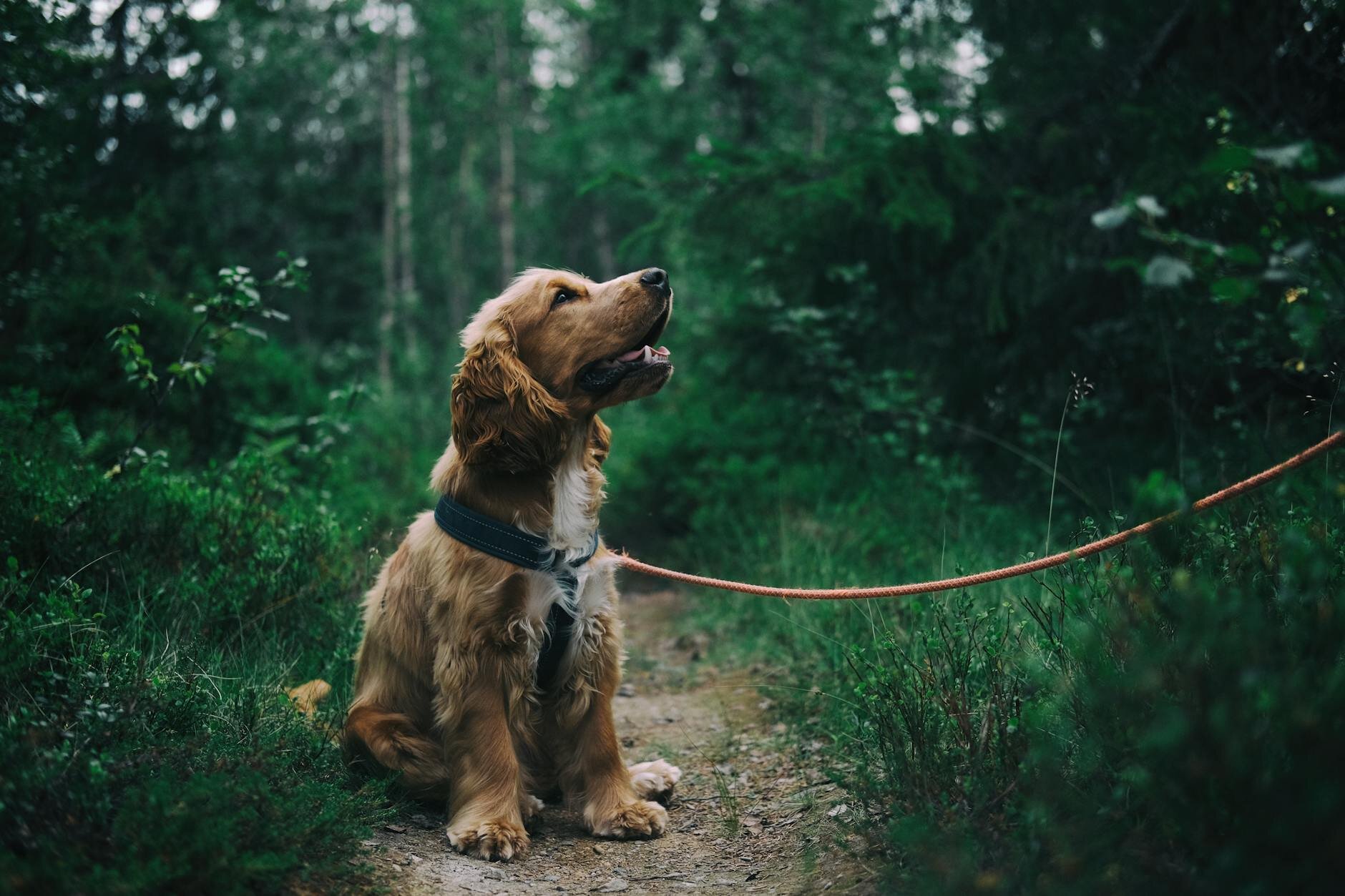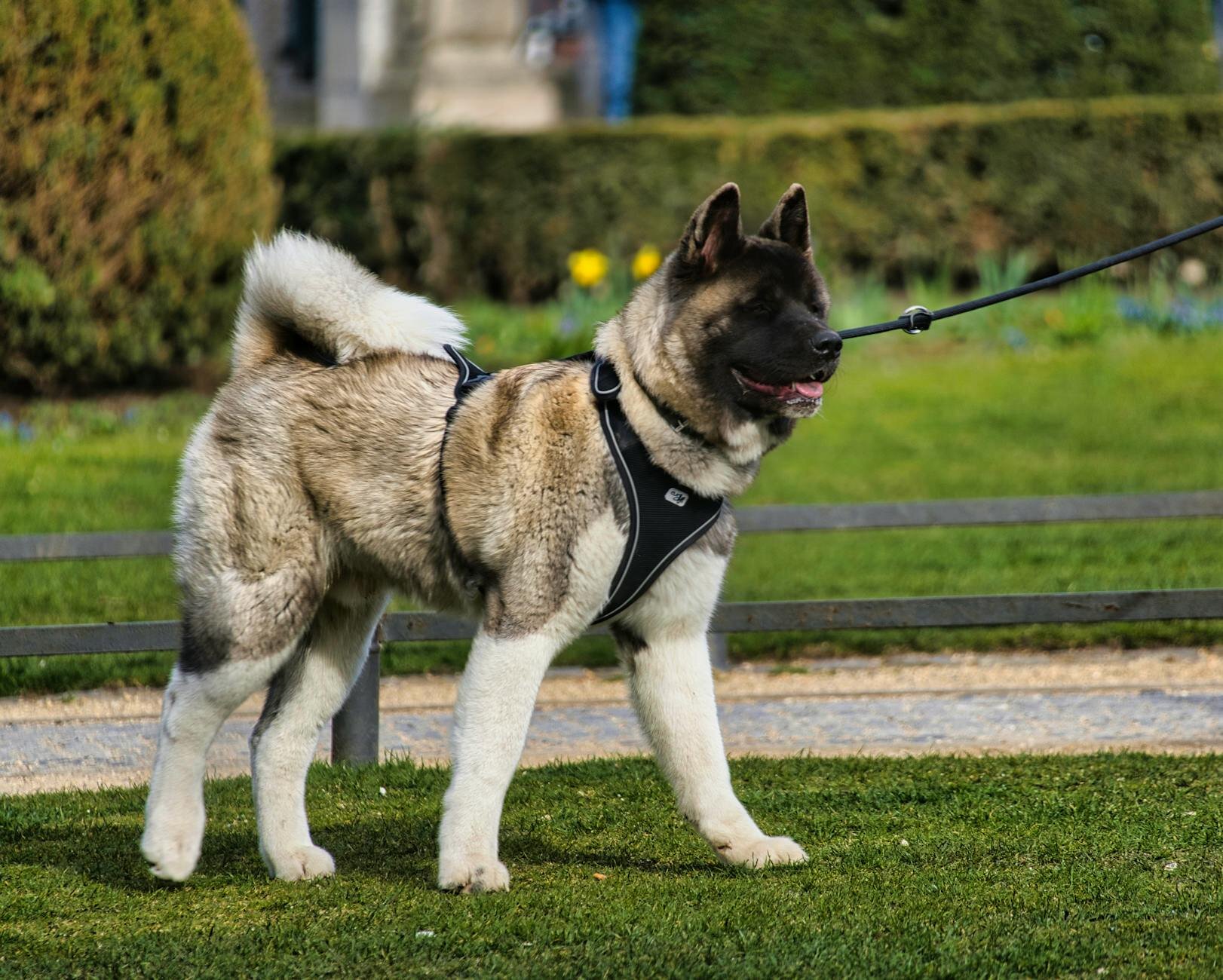You've probably seen some of the many "No Pull" products available on the market or heard the ongoing debate over the "safest" walking equipment. It can get very confusing trying to work out which is the best one.
As a starting point, look for something that is comfortable, but will also provide you with control of your dog at all times to prevent them from getting into dangerous situations like running onto the road. There are multiple different options on the market and the choice will be dependent on the size and breed of your dog, as well as your personal preferences.
Be wary of claims of "No Pull" products, and assess how the product works before committing. No harness, collar or accessory is a cure all just by putting them on. These items are all training tools designed to aid your training process and help your dog learn faster. Because they are tools, most of them are also designed to be weaned off once your dog has learned how to walk comfortably at your side.
Can I Use A Collar?
Collar vs Harness is an age old debate, but which one is better? Each tool has pros and cons, but for any dog that is pulling, a harness is the safest option. The current recommendation amongst most veterinarians and dog trainers is that a collar should 'only be used to carry your dog's ID'.
Any pressure applied to the collar puts strain on the neck, which impacts important structures like the trachea, oesophagus, arteries supplying blood to the head, spine, and can increase pressure in the eyes. A collar should never be used on Brachycephalic ('flat-faced') breeds, or those with respiratory conditions, cardiovascular conditions, spinal problems (including Dachshunds who are at high risk of IVDD) or protruding eyes (such as Chihuahuas) for safety reasons.
Ideally, if the end goal is for your dog to be able to walk on a loose leash with a collar on and if you are using a training tool like a harness or head collar, you can wean these off, back onto a flat collar once your dog reliably walks on a loose leash. This means that training is the key and your dog should be able to walk at your side without a lead on at all before you use a collar. If there is any possibility that your dog might pull or yank on the lead, then stick to a harness.
If you ever do use a collar, the right collar should be a flat collar with a buckle, metal buckles are typically better as plastic clips have the potential to break, releasing your hound. The collar should sit high on the neck under the chin and behind the ears, allowing control of the head. You should also be able to easily fit two fingers under the collar, but it should feel snug when they are under the collar.
The collar should not slide down the neck or sit around the shoulders. It should not slip over the head either. If your dog is an extreme puller that chokes themself on a collar, this is not the tool for you. The goal with a collar is for your dog to respond to a minimal amount of pressure, so martingale, choke collars or prong collars should not be used.
Front-Attaching Harnesses
Front-attaching harnesses are a good way to stop dogs pulling on the lead. They work by making your dog pivot when the lead is pulled, so that they are unable to pull with their full weight.
The ring for lead attachment is located at the front of the harness, and many also include a back-attachment for use with a double lead for extra control.
Front-attaching harnesses come in multiple different shapes. H Style, Y Style and Norwegian Harness are the most common shapes that offer a front attachment option. Many of these styles are also available as back-attaching harnesses. Each style has its own pros and cons, as well as recommended dogs that it is best suited for.





